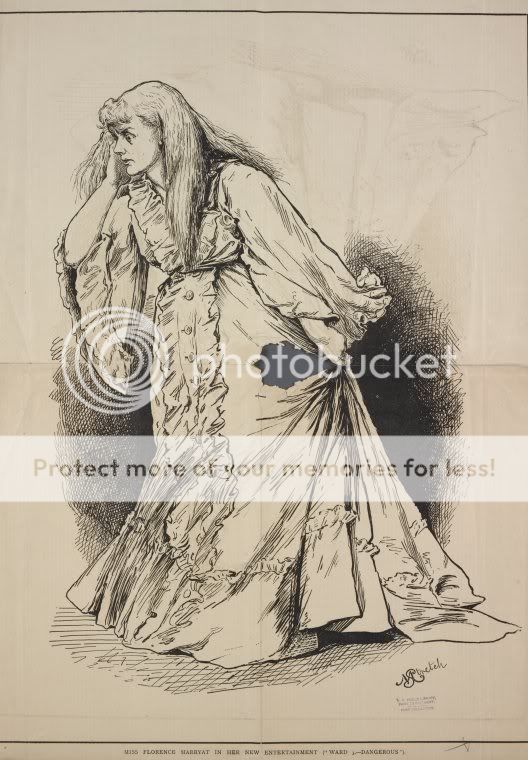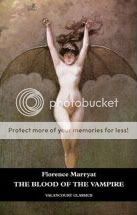The Blood of the Vampire by Florence Marryat20:31 Dec 17 2013
Times Read: 779

Florence Marryat (1833-99) was a novelist, editor, playwright, spiritualist, singer and actress. She wrote around seventy novels during her extraordinary career, adapting some of them for the stage. She also acted with the D’Oyly Carte company in Gilbert and Sullivan operettas, and toured with George Grossmith in his revue Entre Nous.

Florence Marryat on the stage
Marryat is best remembered in some circles for her ardent belief in Spiritualism, an interest that was reflected in her writing, most famously in There is No Death.
Although she left behind a vast body of work, there are few accounts of Marryat’s life and no definitive record of her literary output. Fortunately, she has started attracting interest from researchers in the field of Victorian Studies and some of her novels are in print once more.
This website aims to draw together what is known and to make it easier for those with an interest in Florence Marryat to find out more about this most eminent of Victorians.

The Blood of the Vampire (1897) was rather overshadowed by a certain Transylvanian Count who made his debut in the same year. Although there are similarities with Dracula, Marryat’s vampire is female and drains her victims’ life force, rather than their blood.
Harriet Brandt is the daughter of a mad scientist and a mixed-race voodoo priestess. Brought up on her parents’ Jamaican plantation, she is forced to flee to Europe after the slaves revolt. Although everyone is initially attracted to Harriet, people who get close to her seem to sicken and die.
Marryat’s “psychic vampire” represents both the racial “other” and the New Woman of the period, both of whom were perceived as a threat to fin-de-siècle society. This curious novel engages with key debates, such as race, women’s rights, heredity, syphilophobia and the occult.
This critical edition, edited by Dr Greta Depledge, includes an introduction, explanatory footnotes, suggestions for further reading, and contextual material on female sexuality, the pathologisation of female behaviour, hysteria, race, eugenics, and the occult.

Source:
http://www.florencemarryat.org/





COMMENTS
-